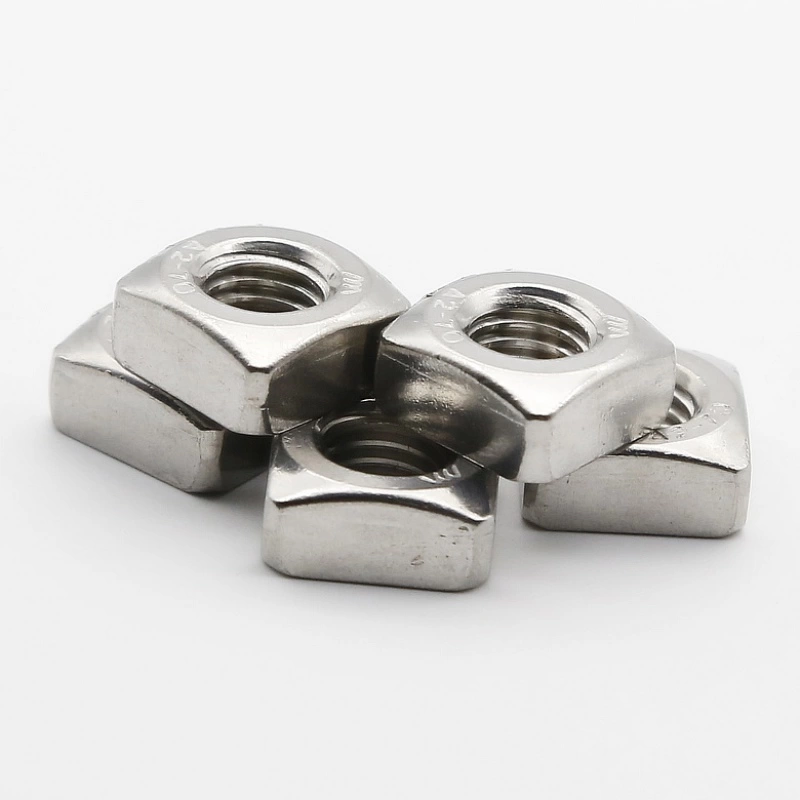

Self-Drilling Screws for RSJ Applications and Structural Connections
Ноя . 08, 2024 03:34 Back to list
Self-Drilling Screws for RSJ Applications and Structural Connections
Self-Tapping Screws for RSJs A Comprehensive Overview
Self-tapping screws have become an indispensable fastener in the construction and engineering sectors, especially when it comes to working with rolled steel joists (RSJs). RSJs, which are beam-like structural components made from steel, are commonly used in residential and commercial buildings due to their exceptional load-bearing capabilities. The use of self-tapping screws in conjunction with RSJs has revolutionized the way structural connections are made, offering enhancements in efficiency, durability, and overall structural integrity.
What Are Self-Tapping Screws?
Self-tapping screws are designed to create their own thread as they are driven into the material. Unlike traditional screws, which require a pre-drilled hole, self-tapping screws can penetrate materials directly, saving both time and labor costs. These screws feature a sharp point and specially designed threads that allow them to cut through metal and other materials with ease. Available in various materials and coatings, self-tapping screws are versatile and suitable for numerous applications.
Advantages of Using Self-Tapping Screws with RSJs
1. Time Efficiency The most significant advantage of self-tapping screws is the reduction in assembly time. Since these screws do not require pre-drilling, construction workers can complete projects more quickly, leading to faster project timelines and reduced labor costs. In large-scale construction or renovation projects, this efficiency can translate into substantial savings.
2. Reduced Risk of Damage When using traditional screws that require pre-drilling, there is a risk of damaging the material if not handled properly. Self-tapping screws mitigate this risk, as their design allows them to create their own path, significantly reducing the chances of splitting or cracking the joists.
3. Strong and Secure Connections Self-tapping screws are engineered to provide strong and secure fastening. The ability of these screws to tap their own threads into metal means that they can achieve a robust grip, which is crucial for the structural integrity of RSJs. Properly installed self-tapping screws can withstand significant loads, making them ideal for critical applications in building frameworks.
4. Maintenance and Repair In the event of structural modifications or repairs, self-tapping screws facilitate easy disassembly and reassembly of components. This is particularly important in the context of RSJs, where alterations may be needed over time. The ease of removing and replacing screws without causing significant damage to the underlying material is a significant advantage.
self tapping screws for rsj

5. Versatility Self-tapping screws are available in a range of sizes and materials, from stainless steel options that resist corrosion to specialized coatings that enhance performance in various environments. This versatility allows engineers and builders to select the right screws for their specific applications, tailoring their choice to the unique challenges posed by each project.
Considerations When Using Self-Tapping Screws
Despite their many advantages, there are several considerations to keep in mind when using self-tapping screws with RSJs
1. Material Compatibility It is crucial to ensure that the self-tapping screws selected are suitable for the specific type of RSJ and any additional materials being fastened together. The compatibility of materials can affect the overall strength and longevity of the connection.
2. Proper Installation Improper installation of self-tapping screws can compromise their effectiveness. Workers must be trained in the correct techniques to ensure that screws are driven straight and to the appropriate depth. Over-torquing can cause deformation and damage to the materials involved.
3. Load Considerations When designing structures, engineers should consider the load capacity of both the RSJs and the self-tapping screws. It is essential to perform calculations to determine the maximum loads that will be placed on these connections to ensure safety and reliability.
Conclusion
The integration of self-tapping screws into the use of rolled steel joists represents a significant advancement in modern construction practices. By leveraging the speed, efficiency, and reliability of these fasteners, builders can ensure that their projects not only meet but exceed current industry standards. As technology and materials continue to evolve, the use of self-tapping screws will undoubtedly play a crucial role in shaping the future of structural engineering and construction. The adoption of these innovative fasteners marks a step forward in creating safer and more efficient buildings capable of standing the test of time.
Latest news
-
Best Self Tapping Screws for Drywall - Fast & Secure Installation
NewsJul.31,2025
-
High-Strength Hot Dip Galvanized Bolts-Hebei Longze|Corrosion Resistance&Customization
NewsJul.31,2025
-
Hot Dip Galvanized Bolts-Hebei Longze Metal Products|Corrosion Resistance&High Strength
NewsJul.31,2025
-
Hot Dip Galvanized Bolts-About LongZe|High Strength, Corrosion Resistance
NewsJul.30,2025
-
High-Strength Hot Dip Galvanized Bolts - Hebei Longze | Corrosion Resistance, Customization
NewsJul.30,2025
-
Hot Dip Galvanized Bolts-Hebei Longze|Corrosion Resistance&High Strength
NewsJul.30,2025

